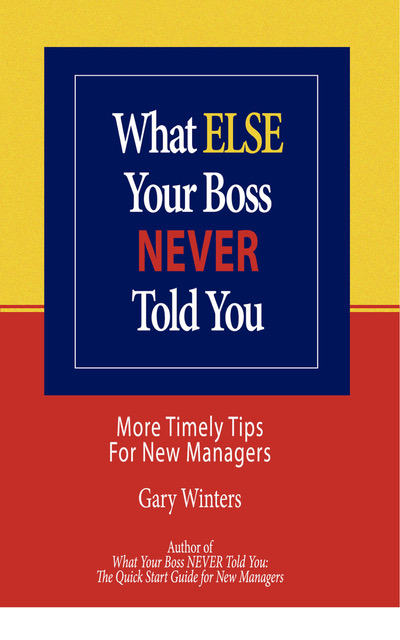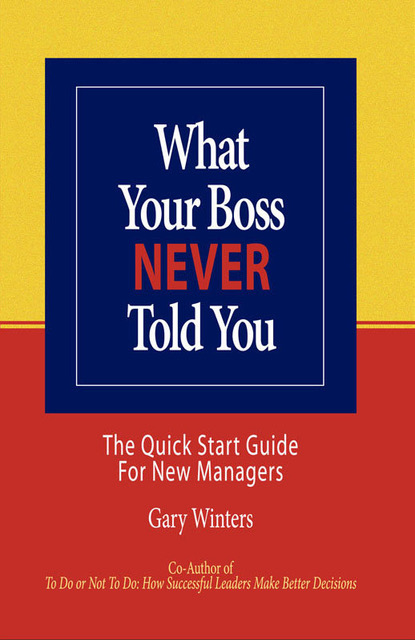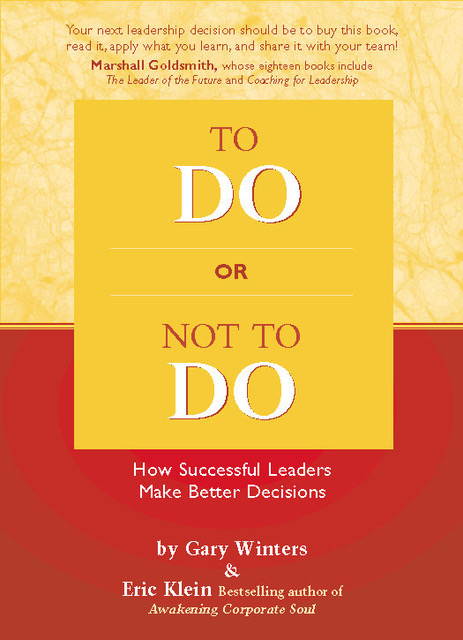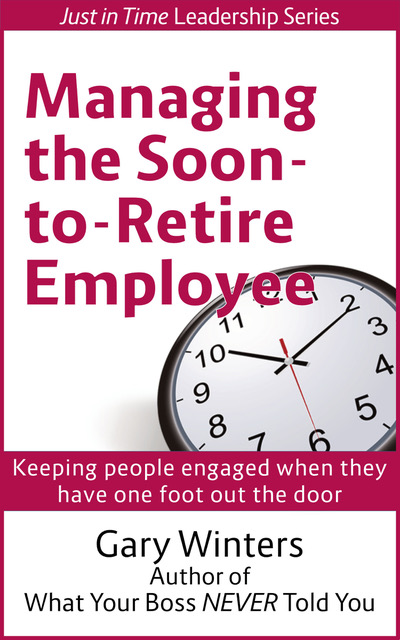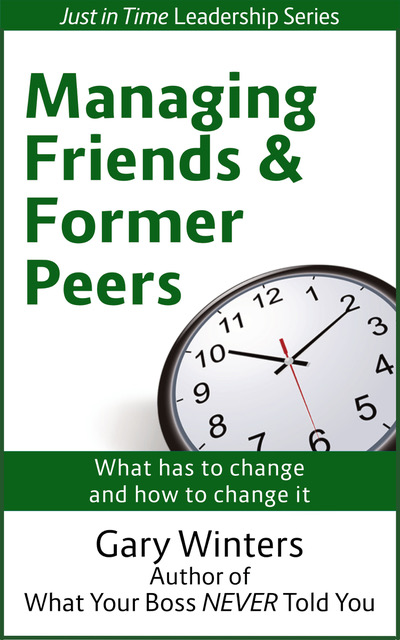One of the most important tasks for a leader is to get followers to marry their personal self interest with the organization’s self interest.
When done well, amazing things start to happen
Early in my career, I was a humble “outside sales person” working for a furniture rental company. Nothing very sexy about my job – I called on apartment managers to encourage them to refer tenants without much furniture to our showroom.
My teammates and I had the good fortune of working for Sally, a sales manager who had several interesting “quirks” about her: she refused to hear the word “problem” and taught us to convert it to “opportunity” (perhaps a cliché now, but not in 1976!), she explained that the organization chart she believed in was an upside down pyramid (leaders work to support followers), and she taught us that the only limits to our performance were in our own heads.
We drank the Kool Aid, and got so enthusiastic about our work that we met on our own time after work to figure out ways we could help each other. We became obsessed with furniture rental and saw ourselves as “missionaries” on a quest to put rental furniture in every apartment. We set company records, and several of us rose to much higher levels in the organization.
A few years later, I watched an astronaut touring an electronics company which supplied parts to space vehicles. At one point, he paused by a department of assemblers, most of whom spoke English as their second language, and asked them, “Do you know what this part does?”
No one knew. All they knew is that they assembled it and passed it along to another department.
The astronaut served up some Kool Aid there and then: “This part,” he said carefully, “keeps me alive.” And then he explained how.
You could have heard a pin drop. Afterwards, the supervisor (who’d never thought of putting the work in context) said that every measure of productivity and quality went up and he attributed it all to the astronaut’s visit. These humble assemblers had married self interest to something much bigger than themselves.
A few years ago, I was meandering through a park in San Diego, and was approached by a tree trimmer who was bristling with enthusiasm.
“Did you know,” he said, “that you can camp in this park?”
No, I didn’t. Hadn’t even occurred to me. But the tree trimmer’s enthusiasm was unmistakable, and his pride in “his” park was contagious. One rarely sees “humble” tree trimmers acting as ambassadors for their parks, but there he was. He saw his role in a grander scheme of things – creating places for people to experience nature close to home. I couldn’t help but conclude that someone had offered him some Kool Aid, and he had enjoyed a glass or two.
So what’s this “Kool Aid” of which I speak? It’s the vision, it’s the mission, it’s the purpose of the organization, expressed in a way that allows people to connect what’s near and dear to them with something even more important. It’s what gives us meaning.
I know it’s fashionable to speak of “drinking the Kool Aid” in a negative way, as though it’s a form of brainwashing performed by malevolent leaders. Maybe it’s time to change that perception. I don’t know about you, but I like Kool Aid. And I especially like following leaders who can help me see how what I do connects to the larger goals and aspirations of the organization.
What’s the Kool Aid for your team?


